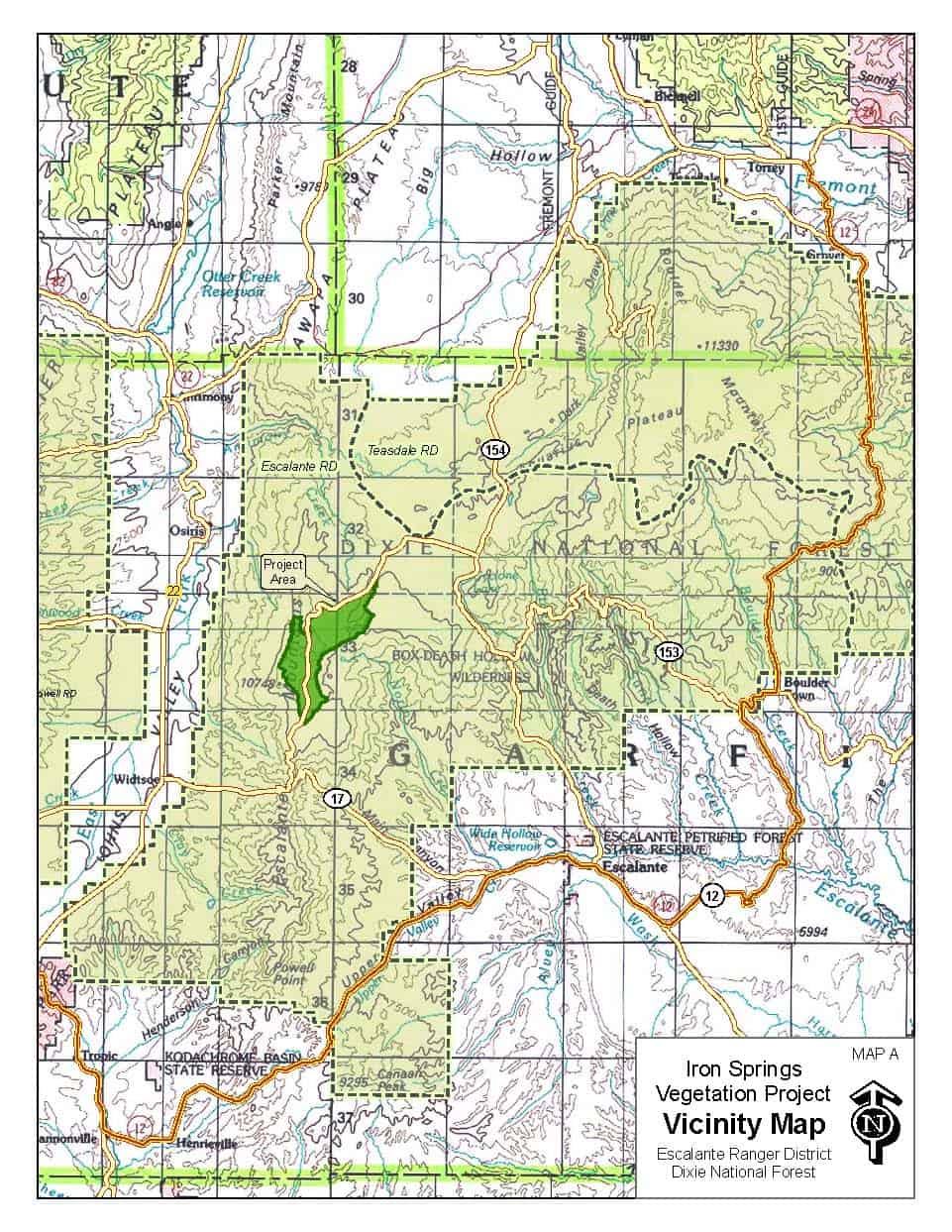I would love to be a fly on the wall for this meeting..I wonder if it is open to the public..
From the E&E here. Below is an excerpt.
Senate Energy and Natural Resources Chairman Ron Wyden (D-Ore.) tomorrow is scheduled to meet with the CEOs of major environmental groups to discuss his pending legislation to resolve decades-long disputes over timber management in western Oregon.
The meeting will come roughly a week after the leaders of seven groups sent a letter to Wyden requesting a meeting to discuss their concerns over how his bill will address the National Environmental Policy Act and Endangered Species Act, statutes that have hindered timber harvests on the roughly 2.5 million acres of so-called O&C lands.
“The ESA and NEPA are essential elements of a legal framework that has proven highly successful in maintaining the full range of values provided by the O&C lands,” the groups’ leaders wrote in their letter. “We are deeply concerned, however, that irreplaceable contributions of these public lands will be lost if review of federal forest management under the ESA and NEPA is constrained or eliminated as part of your effort to ‘modernize existing federal laws as they apply to O&C lands.'”
Signing the letter was Jamie Rappaport Clark of Defenders of Wildlife, Trip Van Noppen of Earthjustice, Philip Radford of Greenpeace, Gene Karpinski of the League of Conservation Voters, Frances Beinecke of the Natural Resources Defense Council, Michael Brune of the Sierra Club and Jamie Williams of the Wilderness Society.
They were referring specifically to a legislative framework Wyden released in May for a bill that seeks to increase timber harvests on O&C lands while ensuring old-growth protections, wilderness designations and river protections on an equal amount of lands.
Concern was also raised over a separate provision in the framework proposing logging projects at a “steady, sustainable, and uninterrupted rate once an initial review of all lands set aside for management is completed and as long as subsequent timber sales comply with the legislation” (E&E Daily, May 24).
“A single high altitude review followed by decades of timber harvests would be fundamentally incompatible with the ESA, which requires a determination of whether such harvests are likely to jeopardize a species’ existence or adversely modify its critical habitat and a determination of the number listed species that are likely to be incidentally taken by that logging,” the groups’ leaders wrote.
Really? Fundamentally incompatible?The problem is that we can’t tell what is posturing and what is not..We can all see ways that you could try some things- pick the best design criteria you can and review success at 5 years? Does anyone think that something will go extent in 5 years? Or a certain acreage of projects would require public review by a, say, FACA committee?

